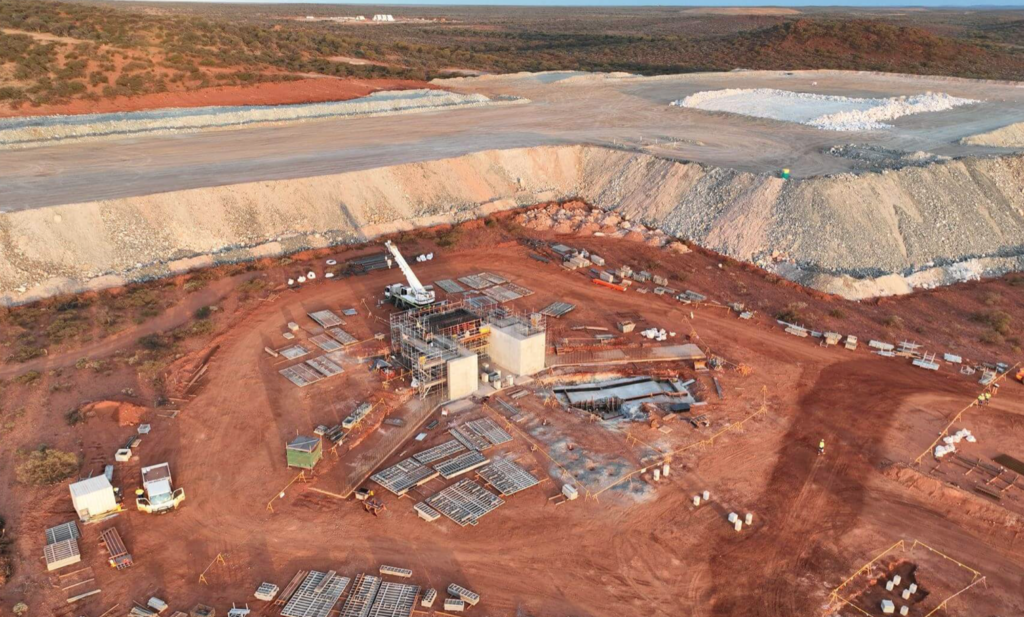
In the Himalayas, not far from the base of Mount Everest, lies the Imja-Lhotse Shar Glacier, where David Rounce conducted his doctoral research. From 2013 to 2017, Rounce and his team visited Nepal to measure the glacier as it rapidly receded — and as the lake at its base grew.
“To go to the same place and to see the lake expand and see how the glacier was thinning rapidly was quite eye-opening to say the least,” said Rounce, now an assistant professor at Carnegie Mellon University in Pittsburgh.
Rounce is the lead author of a January 2023 study in the journal Science that projects that the world’s glaciers could lose as much as 40% of their mass by 2100. The researchers modeled glaciers around the world — not counting the Greenland and Antarctic ice sheets — to predict how they will be affected by global temperature increases of 1.5 to 4 degrees Celsius (2.7 to 5 degrees Fahrenheit) above pre-industrial levels.
The study found that with 1.5 degrees Celsius of warming, 50% of the world’s glaciers would disappear and contribute 9 centimeters (3.5 inches) to sea level rise by 2100. If the world reaches 2.7 degrees of warming — the estimated temperature increase based on climate pledges made at the Conference of Parties (COP26) of the UN Framework Convention for Climate Change — nearly all glaciers in Central Europe, western Canada, and the U.S. (including Alaska) will have melted. If warming reaches 4 degrees Celsius, 80% of the world’s glaciers will disappear and contribute 15 centimeters (6 inches) of sea level rise.

The lower portion of Alaska’s Kennicott Glacier is covered by a layer of debris. This debris is made up of rocks, sediment, soot, dust, and volcanic ash and is challenging to measure and account for in models as the debris thickness varies considerably over the glacier. Image courtesy of David Rounce
“Regardless of temperature increase, the glaciers are going to experience a lot of loss,” Rounce said. “That’s inevitable.”
The work by Rounce and colleagues marks the first modeling study that uses satellite-derived mass change data describing all the world’s 215,000 glaciers. The team’s sophisticated model used “new satellite derived datasets that were not available on a global level before,” said Regine Hock, a glaciology professor at the University of Alaska and the University of Oslo. It included data from Japan’s Advanced Spaceborne Thermal Emission and Reflection Radiometer (ASTER) on NASA’s Terra satellite, as well as the USGS-NASA Landsat 8 and ESA’s Sentinel satellites.
The model accounted for glacial debris cover, which includes rocks, sediment, soot, dust and volcanic ash found on the glacier surface. Glacia debris is typically difficult to measure due to its varying thickness, but it plays an important role because it can influence glacial melting: a thin layer of debris can enhance melting, while a thick layer can insulate and reduce it.
Glaciers in remote regions — far from the human activities — are particularly powerful indicators of climate change. Rapidly melting glaciers impact freshwater availability, landscapes, tourism, ecosystems, the frequency and severity of hazards, and sea level rise.
“Sea level rise is not just a problem for a few specific locations,” said Ben Hamlington, leader of NASA’s Sea Level Change Team. “It’s increasing almost everywhere on Earth.”
“We are not trying to frame this as a negative look at the loss of these glaciers, but instead how we have the ability to make a difference,” Rounce said. “I think it’s a very important message: a message of hope.”
This study was funded by NASA and conducted in conjunction with NASA’s Sea Level Change Team and NASA’s High Mountain Asia Team.
By Kathryn Cawdrey, NASA’s Goddard Space Flight Center, Greenbelt, Md.
Featured image: Imja Tsho is a lake made up of meltwater from Imja-Lhotse Shar Glacier in Eastern Nepal and one of the fastest growing lakes in the Himalayas. Credits: Courtesy of David Rounce via NASA
I don’t like paywalls. You don’t like paywalls. Who likes paywalls? Here at CleanTechnica, we implemented a limited paywall for a while, but it always felt wrong — and it was always tough to decide what we should put behind there. In theory, your most exclusive and best content goes behind a paywall. But then fewer people read it! We just don’t like paywalls, and so we’ve decided to ditch ours. Unfortunately, the media business is still a tough, cut-throat business with tiny margins. It’s a never-ending Olympic challenge to stay above water or even perhaps — gasp — grow. So …



